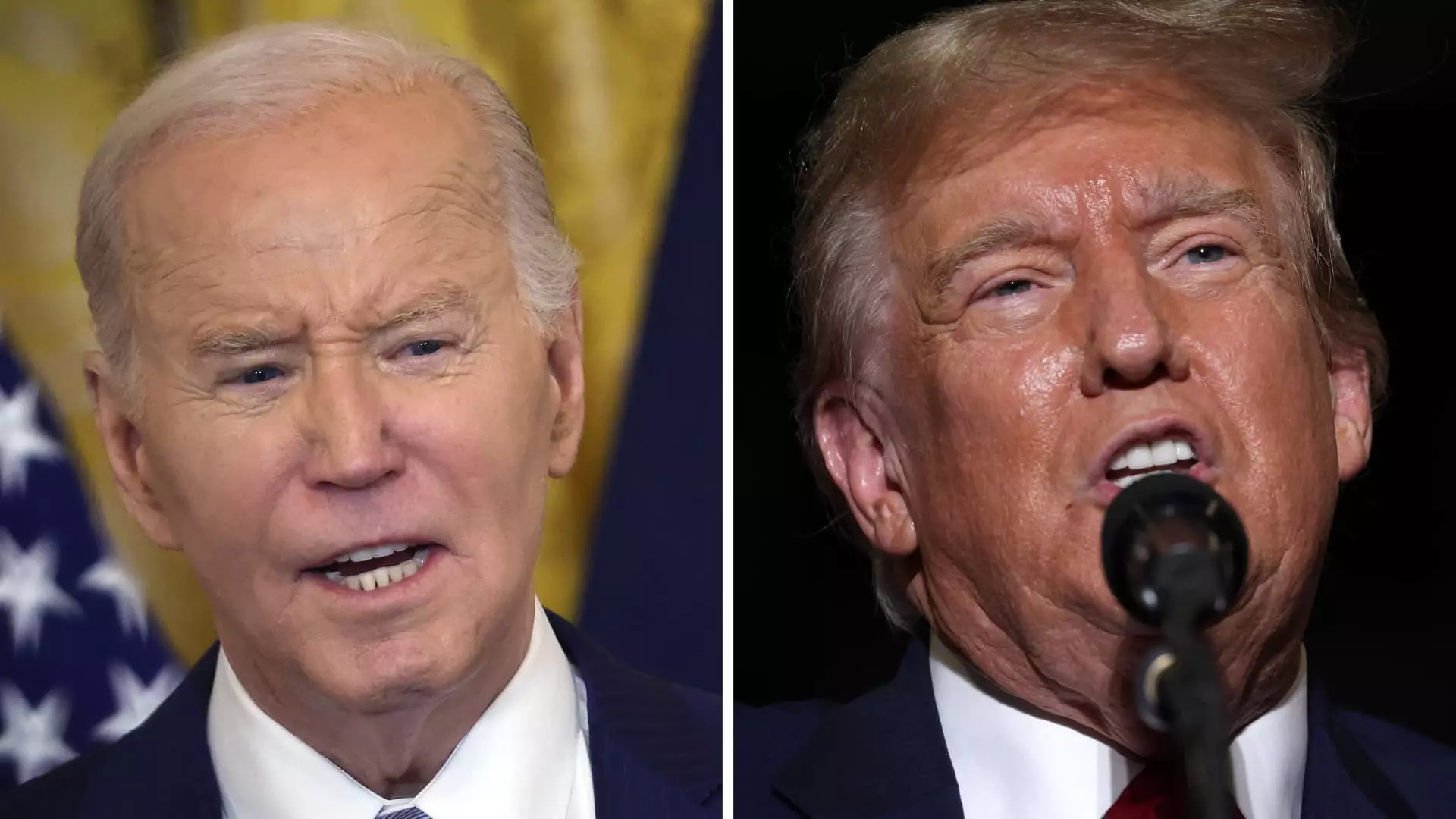The Tax Cuts and Jobs Act of 2017 brought temporary relief to most Americans with lower federal income brackets, a higher standard deduction, and a more generous child tax credit. However, these tax breaks are set to expire after 2025 unless Congress extends them. This poses a critical issue for the upcoming election, as the sunsetting of these provisions could potentially raise taxes for the majority of Americans beyond 2025.
Both President Joe Biden and former President Donald Trump have addressed the impending 2025 tax cliff in their respective agendas. Trump aims to extend all provisions of the TCJA, while Biden focuses on extending tax breaks for taxpayers with income below the $400,000 threshold. Despite their differences, both candidates agree on maintaining tax breaks for 95% of taxpayers, according to Howard Gleckman, a senior fellow at the Urban-Brookings Tax Policy Center.
Impact of Expiring TCJA Provisions
One of the expiring TCJA provisions is the lower federal income tax brackets, which had reduced rates across the board. Without an extension, the individual tax rates will revert to pre-TCJA levels, ranging from 10% to 39.6%. Biden’s proposed budget for 2025 includes a 39.6% rate for single filers earning over $400,000 and married couples making above $450,000 annually. Another provision set to expire is the higher standard deduction, which significantly decreased the number of filers who itemize deductions. If the standard deduction reverts to pre-TCJA levels, more taxpayers may opt to claim itemized deductions.
An additional expiring provision is the expanded child tax credit introduced by the TCJA, which doubled the maximum credit to $2,000 and increased the refundable portion. Biden has called for further expansion of the child tax credit, but there have been ongoing debates in Congress regarding the design of this credit, including the amount, eligibility, and refundability. Lawmakers continue to discuss possible changes to the child tax credit in light of its upcoming expiration.
Tariffs as a Funding Source
Both Trump and Biden have expressed support for tariffs on imported goods from other countries as a means of generating revenue. While their approaches to tariffs differ, with Trump proposing universal baseline tariffs on all U.S. imports and higher levies on Chinese goods, Biden aims for more targeted tariff strategies. However, experts warn that consumers are likely to bear the brunt of these tariffs through increased prices on goods. As the 2025 deadline looms, questions persist on how to finance the extensions of expiring TCJA provisions, especially given the federal budget deficit.
Funding the Extensions
Fully extending the tax breaks introduced by the TCJA could result in a significant increase in the federal deficit over the next decade. Biden’s economic advisor, Lael Brainard, has suggested imposing higher taxes on the ultra-wealthy and corporations to offset the costs of extending tax breaks for the middle class. Brainard emphasized the importance of creating a fairer tax system that prioritizes middle-class Americans over those with high incomes. On the other hand, Trump’s campaign has yet to outline specific plans for funding TCJA extensions, raising concerns about the sustainability of these tax breaks moving forward.

